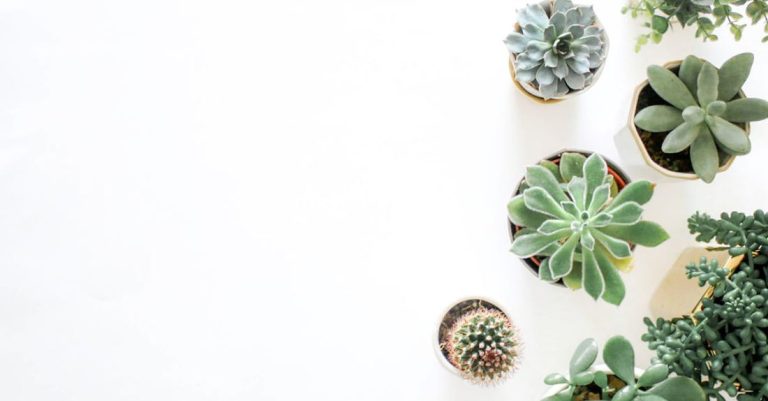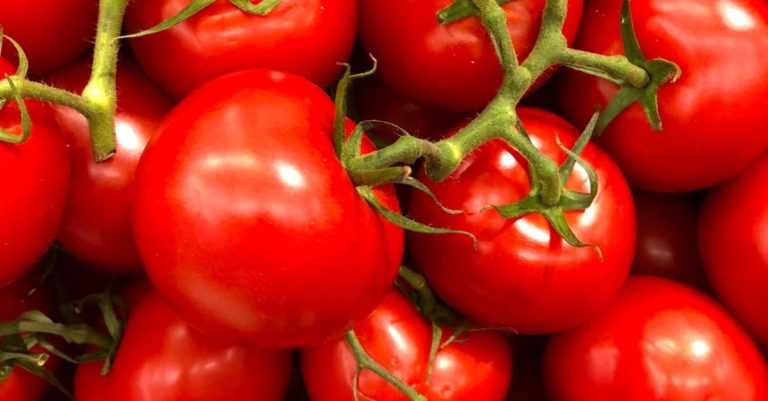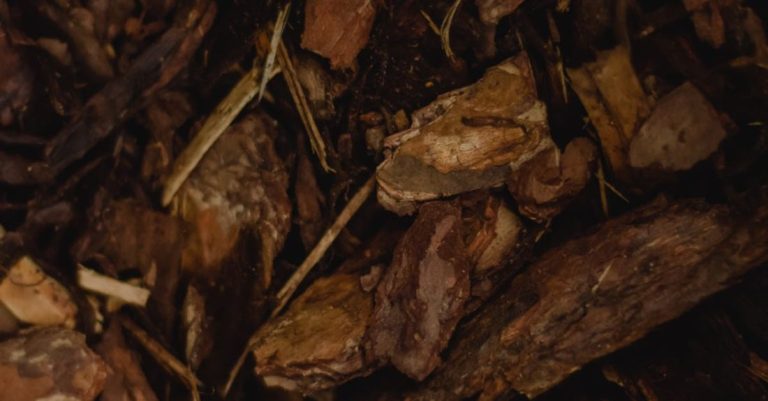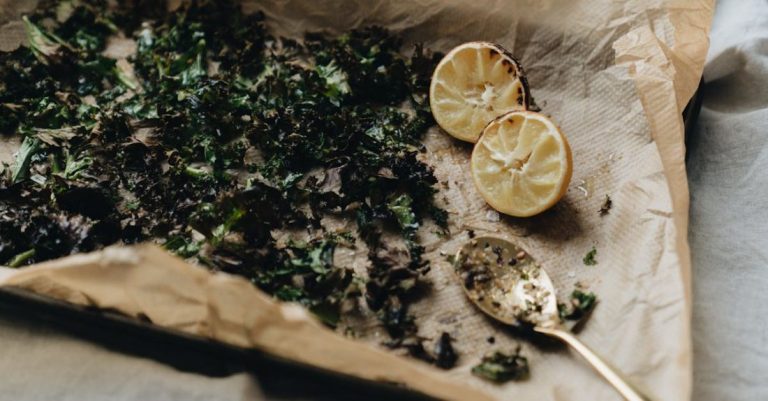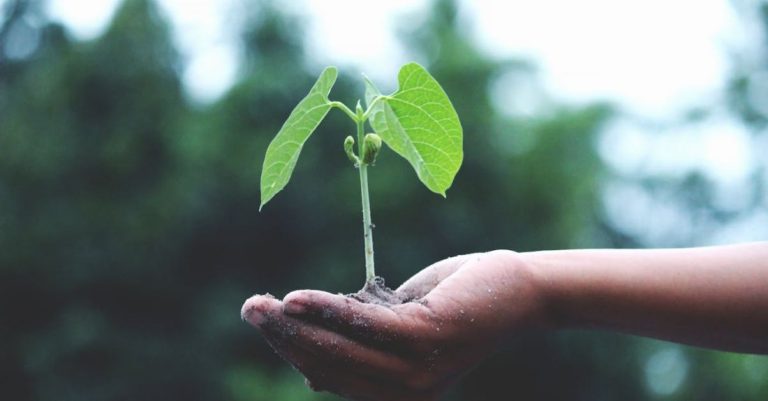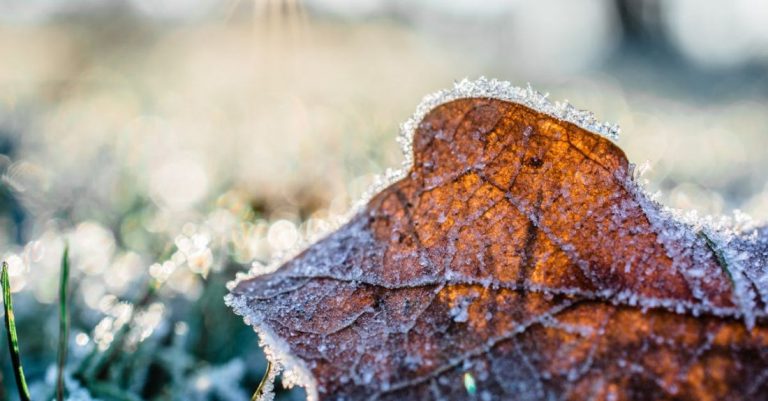
A lush, green indoor garden can bring life and vibrancy to any space, but maintaining healthy plants requires more than just water and sunlight. Fertilizing your indoor plants is crucial to ensure they receive the essential nutrients they need to thrive. With the plethora of fertilizers available on the market, it can be overwhelming to choose the best one for your plants. To help you make an informed decision, let’s explore some of the best fertilizers for indoor plants that will promote growth and keep your greenery looking its best.
Choosing the Right Fertilizer
When it comes to selecting a fertilizer for your indoor plants, it is essential to consider the specific needs of each plant species. Different plants require varying levels of nutrients, so it is crucial to choose a fertilizer that matches their requirements. Additionally, consider factors such as the plant’s growth stage, soil quality, and light exposure when selecting a fertilizer. Organic fertilizers are often preferred for indoor plants as they provide a slow release of nutrients and improve soil quality over time.
All-Purpose Liquid Fertilizer
An all-purpose liquid fertilizer is a versatile option that can be used for a wide range of indoor plants. These fertilizers are typically water-soluble and easy to apply, making them a popular choice for both beginner and experienced gardeners. All-purpose liquid fertilizers contain a balanced mix of essential nutrients, including nitrogen, phosphorus, and potassium, which promote healthy growth and flowering in plants. They are suitable for most indoor plants and can be applied every few weeks during the growing season.
Slow-Release Granular Fertilizer
For low-maintenance indoor plants, a slow-release granular fertilizer can be an excellent option. These fertilizers come in the form of pellets or beads that gradually release nutrients into the soil over an extended period. Slow-release fertilizers provide a consistent supply of nutrients to plants, reducing the risk of over-fertilization and nutrient leaching. They are ideal for busy plant owners who may not have the time to fertilize their plants frequently. Simply sprinkle the granules on the soil surface and let them work their magic.
Organic Compost Tea
Organic compost tea is a natural and nutrient-rich fertilizer that can benefit indoor plants in numerous ways. Compost tea is made by steeping compost in water to extract beneficial microorganisms and nutrients. This nutrient-dense liquid can be applied directly to the soil or used as a foliar spray to promote plant health and growth. Organic compost tea helps improve soil structure, boost microbial activity, and enhance nutrient uptake in plants. It is a sustainable and eco-friendly option for fertilizing indoor plants.
Liquid Seaweed Fertilizer
Liquid seaweed fertilizer is derived from seaweed extract and is a popular choice for indoor plants due to its numerous benefits. Seaweed is rich in trace minerals, growth hormones, and amino acids that can enhance plant growth and resilience. Liquid seaweed fertilizer promotes root development, improves nutrient uptake, and increases plant tolerance to stressors such as temperature fluctuations and pests. It is a natural and organic option that can be applied regularly to support overall plant health.
Conclusion: Elevating Your Indoor Garden with the Best Fertilizers
Nurturing your indoor plants with the right fertilizers is key to helping them thrive and flourish. By choosing the best fertilizers for your indoor plants, you can provide them with the essential nutrients they need to grow strong, vibrant, and healthy. Whether you opt for an all-purpose liquid fertilizer, a slow-release granular fertilizer, organic compost tea, or liquid seaweed fertilizer, each option offers unique benefits to support your indoor garden. Experiment with different fertilizers to find the ones that work best for your plants and watch as your indoor oasis flourishes with lush greenery and vibrant blooms.
